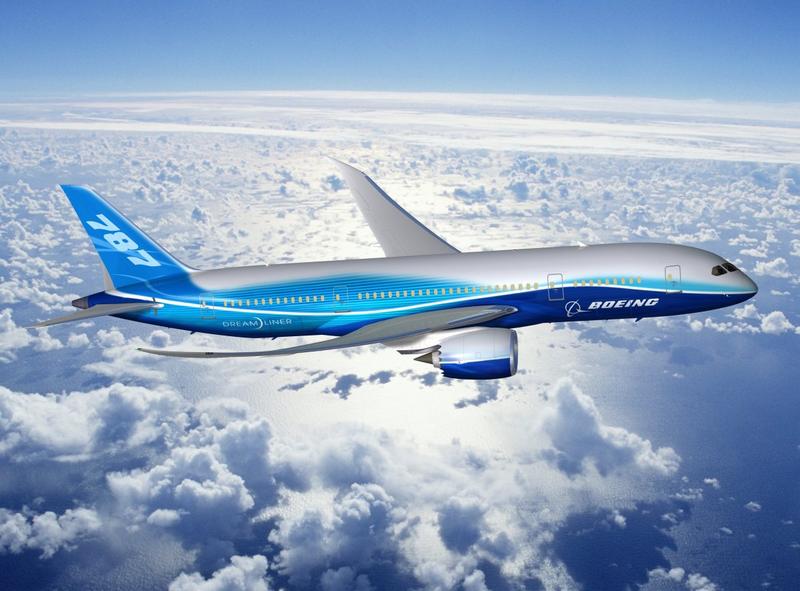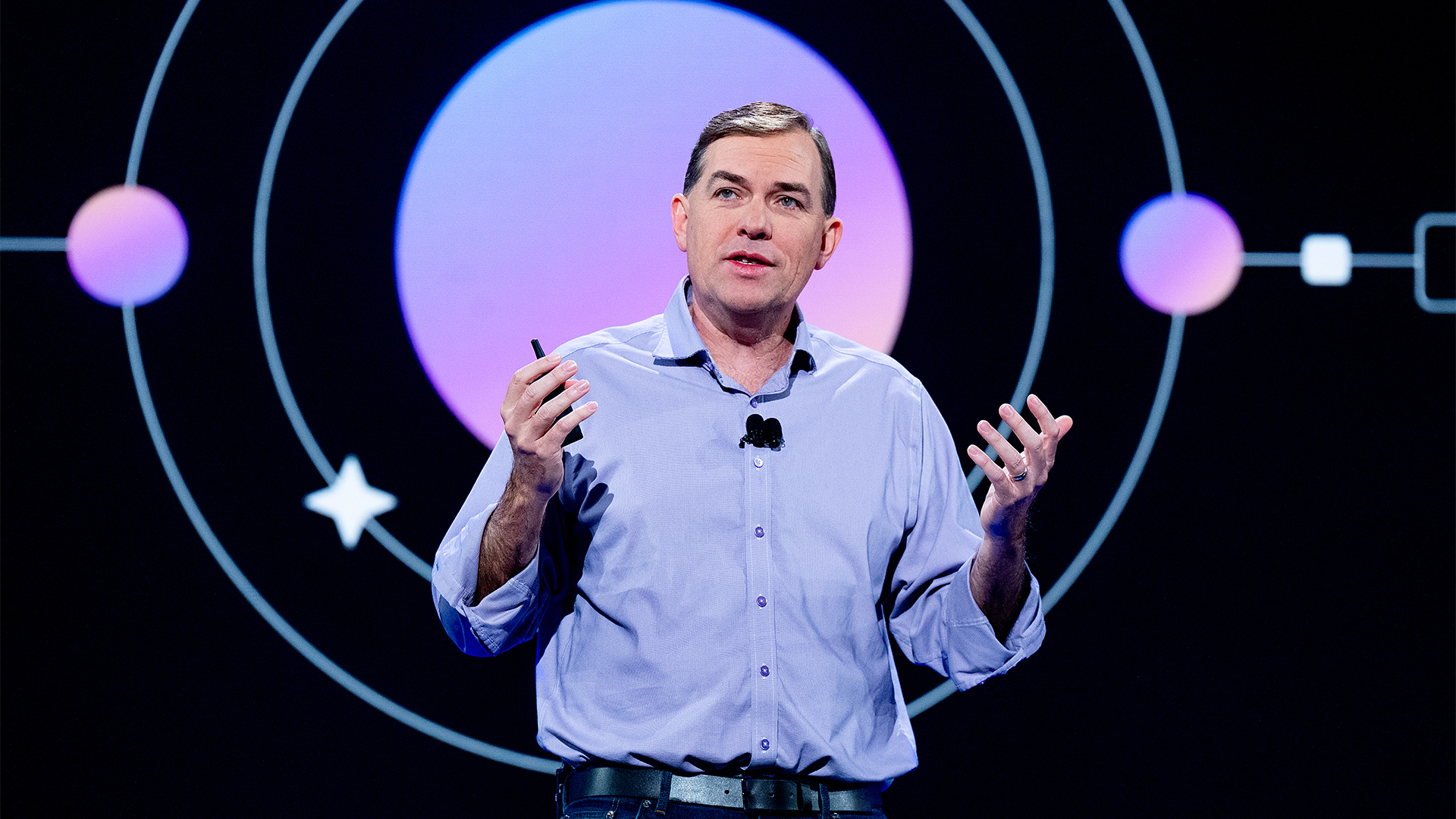The technology of the Boeing Dreamliner
IT PRO recently had a sneak peek inside one of plane maker Boeing's next-generation long haul aircraft. Aside from engineering advances, travellers are set to experience a wealth of communications and other technology on-board.

Plane maker Boeing is stepping up its battle for market share with arch nemesis Airbus. In an effort to sell its latest transatlantic people carrier to airlines as well as travellers, the company is cramming its forthcoming 787 Dreamliner model full of technology to improve the in-flight experience for flyers.
At last week's Business Travel Show in London, Boeing brought one of the new planes, or rather a section of one, along for the public and press to take a look at the environment they will potentially be transported in from next year when the first plane goes into service.
IT PRO had a chance to go inside and see what technology is in place to make flying more productive and comfortable for all.
The 787 Dreamliner, will feature a range of entertainment and comfort features within its uniquely designed cabins. The most noticeable feature of this Dreamliner's cabin was the overhead LED lighting system that can be adjusted to mimic the light outside based on the time of day.
The Dreamliner's cabin will be flooded in various shades of blue, controlled by the flight crew, to simulate the changes from morning to dusk to nightfall. Boeing developed this feature in an attempt to help passengers cope with the disorienting effects of long flights, and to improve on the notoriously harsh florescent lighting in aircraft cabins.
For passengers who prefer to enjoy the actual sky instead of an artificially created version, the Dreamliner features large (46cm) windows throughout the cabin. Unlike traditional aircraft windows that simply have a blind to cover or uncover the space, the Dreamliner's windows again turn to technology to provide a third way.
Instead of the usual plastic sliding window cover, Dreamliner passengers will control the amount of light allowed through the windows with a simple button on the wall. An electrochromic dimming device offers passengers five shades of light penetration, while still keeping the windows transparent. A complete adjustment from transparent to dark will take less than a minute to achieve.
Sign up today and you will receive a free copy of our Future Focus 2025 report - the leading guidance on AI, cybersecurity and other IT challenges as per 700+ senior executives
The future spin on seating also looks pretty impressive. Since the Dreamliner will rely solely on its large overhead storage bins in many classes of travel, there should be a lot of room for passengers to walk around between the many configurations of flat-bed and reclining seats being shown as concept designs.
Thanks to a 256Kb satellite connection, Dreamliner passengers will be able to use the internet in-flight. The aircraft itself features a wireless entertainment network that streams to personal screens on the back of each seat.
In the cockpit, Boeing will also use wind detecting technology to predict upcoming turbulence and adjust the aircraft accordingly. This will reduce the amount of turbulence experienced in the main cabin.
The plane is made from a lightweight composite material that makes it both lighter and stronger than traditional aluminium aircraft. Another benefit of the composite construction is that the cabins will have much higher humidity levels than previous aircraft.
The composite construction, coupled with other innovations, means that the Dreamliner should be 20 per cent more fuel-efficient than other aircraft of similar size and range.
After a series of delays, Boeing hopes to have the first Dreamliner delivered for use early in 2009.
-
 HPE and Nvidia launch first EU AI factory lab in France
HPE and Nvidia launch first EU AI factory lab in FranceThe facility will let customers test and validate their sovereign AI factories
-
 AWS CEO Matt Garman says AI agents will have 'as much impact on your business as the internet or cloud'
AWS CEO Matt Garman says AI agents will have 'as much impact on your business as the internet or cloud'News Garman told attendees at AWS re:Invent that AI agents represent a paradigm shift in the trajectory of AI and will finally unlock returns on investment for enterprises.